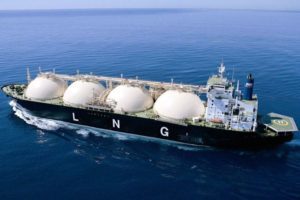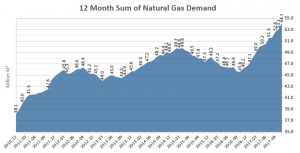 SUMMARY:
SUMMARY:
Sometimes seasonality and/or infrastructure works make analyzing the demand for natural gas in Turkey more difficult. If there are question marks remaining regarding the legitimacy of the analysis, then the data is examined again with a new set of metric/measures. In this Q report, we will try analyzing Turkey’s natural gas demand from a different perspective, in a way that has been shared in an international database. Rather than seeking answers on the underlying reasons behind the increases and decreases in the Turkish natural gas demand and its trends by relying only on a single metric/measure, we will instead try and build an analysis where we can ask more accurate questions.
METHOD:
All data was obtained from the JODI database. Particular attention was paid to the observed natural gas demand of Turkey and the demand for natural gas utilised for electricity and heating. And albeit they are not included in this report, the stocks in the Excel file may also be of interest.
In brief, the 12-month demand for natural gas, which is actually moving (but not average), was calculated by adding all demand for natural gas for the past 12 months (cumulatively). For example, the figure in December 2012 is the sum of January-December 2012 on the calendar year. The figure in every December is the sum of that calendar year. January 2013, on the other hand, is the sum of the months from February 2012 to January 2013. Instead of giving a table, the data is demonstrated on a chart.
ANALYSIS:

When we examine the 12-month totals from 2010 and onwards, a need for a more detailed analysis. Although we do not know whether it is a coincidental or a structural condition but the initial observations are as follows.
- The 12-month demand peaks around March every three years (March 2012: 45.9 bcm, April 2015: 49.8 bcm, …)
- Demand has fallen way below where it should be in September-October 2016 (undershoot)
- On the other hand, currently there is an overshoot where the demand is even higher than the peak expected every three years
- Pointing to interruptions caused by cold weather to explain high demand is only a partial explanation. Because demand has steadily increased since October 2016.
CONCLUSION:
The forecast on Turkey’s demand for natural gas on a calendar year basis may be required to be continued in the following 12 months. This could bring a different perspective on the main driver and the persistence of the trend.
